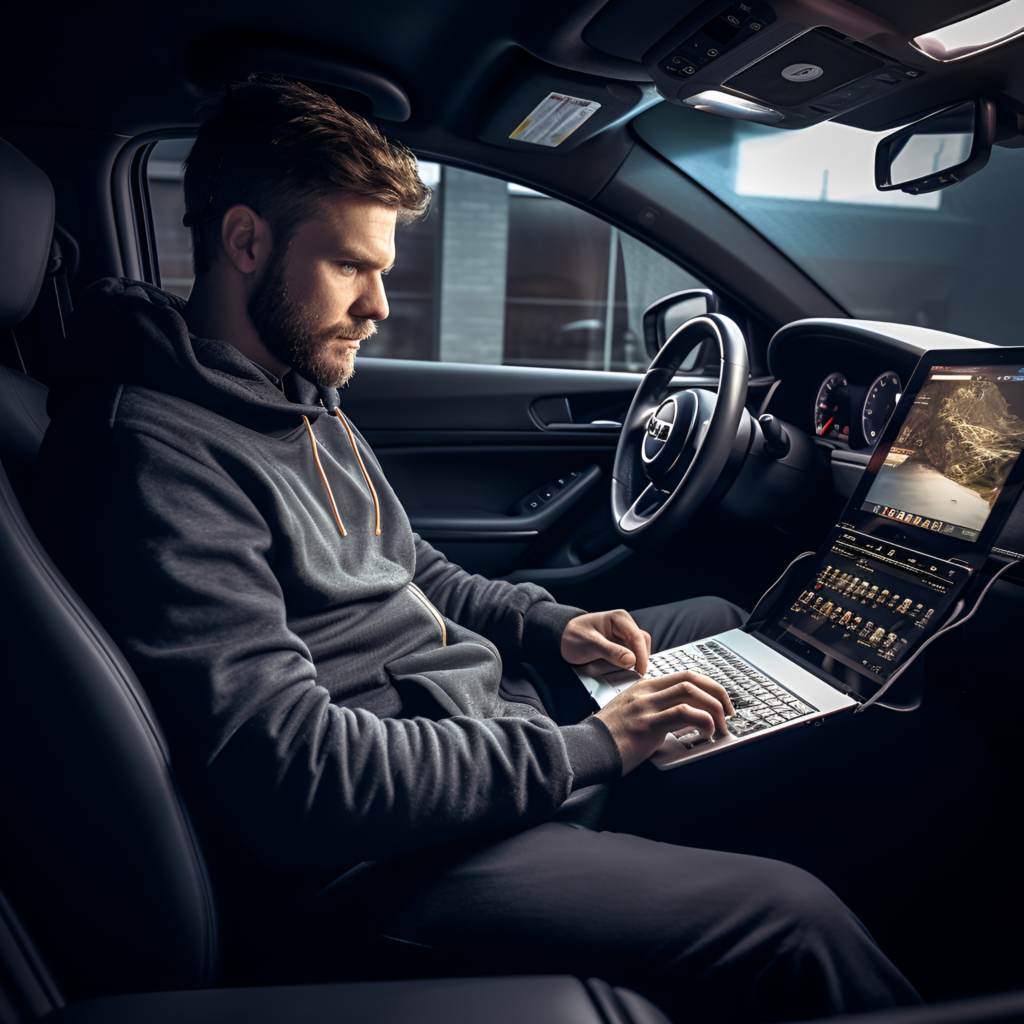In this article, we will delve into the world of car mix testing, explore its crucial importance for the final sound quality, and discover how to master this art to ensure that your music sounds as good on the road as it does in the studio.
The Unofficial, Official Rite Of Passage For Every Track
So, you’ve wrapped up a banger track and it’s shining bright like a diamond in the studio. Now, what’s next? The car mix test. Yes, that infamous rite of passage where many mixes come to die or fly. It’s almost become a running joke among us producers—the final boss battle for your mix, fought in the front seat of your car.
What’s The Big Deal With The Car Mix Test?
Let’s get real: the car mix test has become a meme for a reason. It’s the ultimate test of whether your track just pretends to be good in the cozy confines of your studio or if it’s genuinely a bop that slaps on every speaker.
“Car interiors, with their funky acoustics and less-than-ideal speaker setups, have a unique way of humbling even the most polished tracks.”
The Infamous Challenge: Why Do So Many Mixes Crash And Burn?

– Car acoustics are wild: Imagine mixing in a studio designed by a pinball machine—sounds bouncing everywhere, unpredictable acoustics, and a wild mix of materials. That’s your car. It’s not exactly the ideal listening environment, and yet, it’s where a lot of our music gets a real-world workout.
– Speakers and systems are a mixed bag: Car audio systems range from “Did they even try?” to “This is spaceship-level tech.” Most cars? They’re on the “meh” side. This means your meticulously crafted basslines and crystal-clear highs might get lost in translation.
– The background noise factor: Road noise, engine hum, the existential dread of traffic—it all adds up. These sounds can mask parts of your mix, making those subtle nuances you finessed for hours take a backseat (sometimes literally).
Turning The Tables: How To Make The Car Mix Test Your Mix’s Best Friend

1. Reference tracks are your roadmap: Drag some tracks that sound amazing in cars into your playlist. They’re your benchmarks. What makes them work so well in this chaos? Study, learn, and apply.
2. Embrace the challenge: Accept that the car is a fickle friend. Use it to your advantage. If your mix can sound good here, it can sound good anywhere. Regularly testing your tracks in different cars gives you invaluable feedback on how to make your mix resilient.
3. Volume variety: Play with the volume. Crank it up, then down. Your mix should ride smoothly across all levels. Cars have a way of revealing what’s too loud or too soft when the volume changes.
4. Tweak and repeat: Found something off? Back to the lab. Adjust, then test again. The car mix test isn’t a one-and-done deal; it’s a cycle of refining until you’ve got a mix that’s bulletproof—or, well, traffic-proof.
Final Words: It’s Not Just A Test, It’s A Tradition
Remember, the car mix test isn’t about torturing yourself or your mixes. It’s a quirky, somewhat masochistic tradition that ultimately makes our music better. It’s the community’s way of saying, “Hey, if it can survive here, it’s ready for the world.” So embrace it, laugh at it, and when you finally pass that test, blast your track with the windows down and a massive grin on your face. You’ve earned it.






Leave a Reply